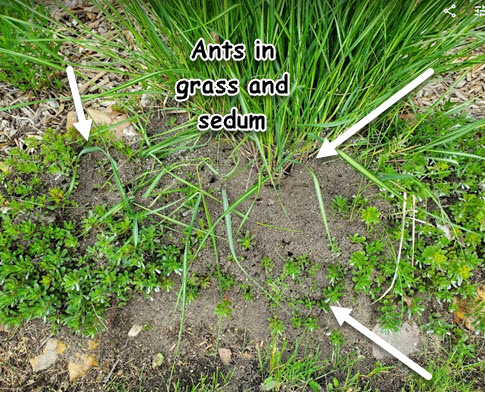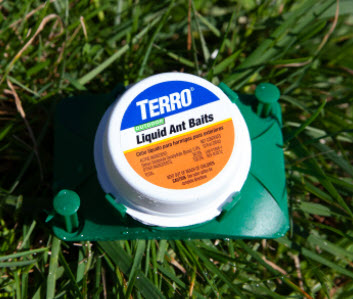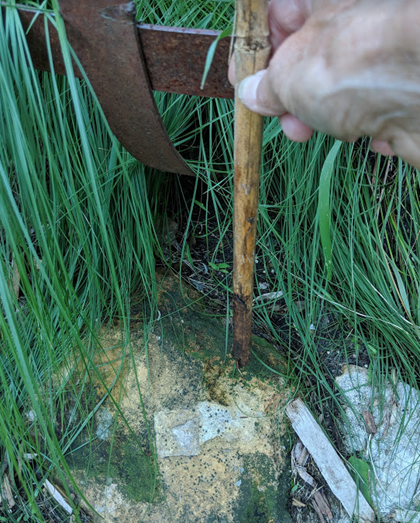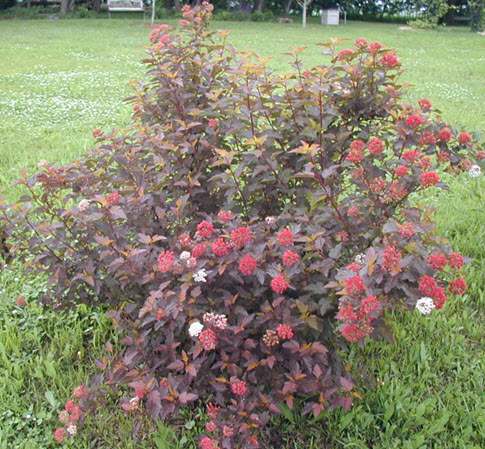Click below to listen to my 2 min. Garden Bite radio show: Controlling ants in the garden
Audio PlayerThis past summer I had a terrible ant problem in my garden. Those little nasty biters even lifted some plants right out of the ground.

I tried diatomaceous earth, then just moved for a while. I tried traps like the Hotel California kind, they just reproduced. UGH.

While “technically” they’re not a garden pest, I know I’m not the only one that takes issue with them!


I found a few options to try next year. Ants are great at detecting odor. And they don’t like the smell of mint, camphor or clove. One site says to soak cotton balls in their oil and place around your plants. (The U of MN Ext. says these don’t work…)
Another suggestion is to mix a cup of borax with a cup of honey or jelly and place it near an area of ant activity. Ants will feed and carry the toxic mixture back to their queen. This is essentially what I tried with my Hotel California pesticide. But, maybe this will work. It DOES take time.
If you have pets or wild animals around, this is not a good mix for them either. One option is a sticky trap, especially around your peonies. Buy a commercial sticky product, such as Tanglefoot, or make your own sticky traps from adhesive paper strips wrapped around the base of the plants.
And one other thing, ants are industrious. They also like to eat what aphids leave behind, the honeydew. Some ants will form a symbiotic relationship with aphids, protecting them from predators for their honeydew. I did a Garden Bite about this years ago as I discovered this situation on a ninebark I had.

THIS from the University of Minnesota Extension:
Outdoor nests can be very difficult to get rid of without applying an insecticide. Be sure to select a product that has directions for treating lawns.
- Granules and dusts are most effective, these products contain active ingredients such as permethrin or deltamethrin.
- Liquid insecticides can work if they are soaked into the nest. You may need 1/2 gallon or more of mixed material to treat large nests. Common examples of active ingredients include bifenthrin, cypermethrin, gamma cyhalothrin, and lambda cyhalothrin.
- Retreatment of nest sites may be necessary if above-ground activity resumes after the initial application.
